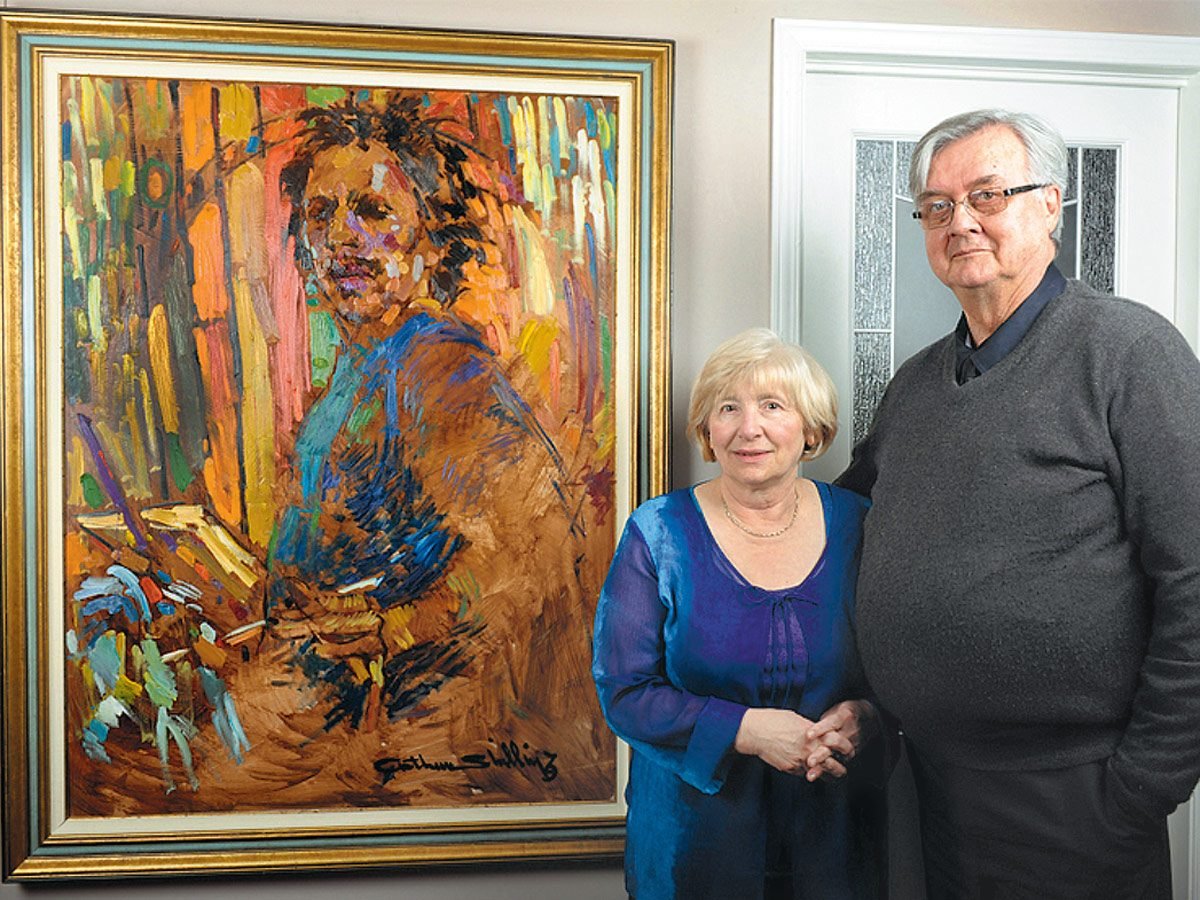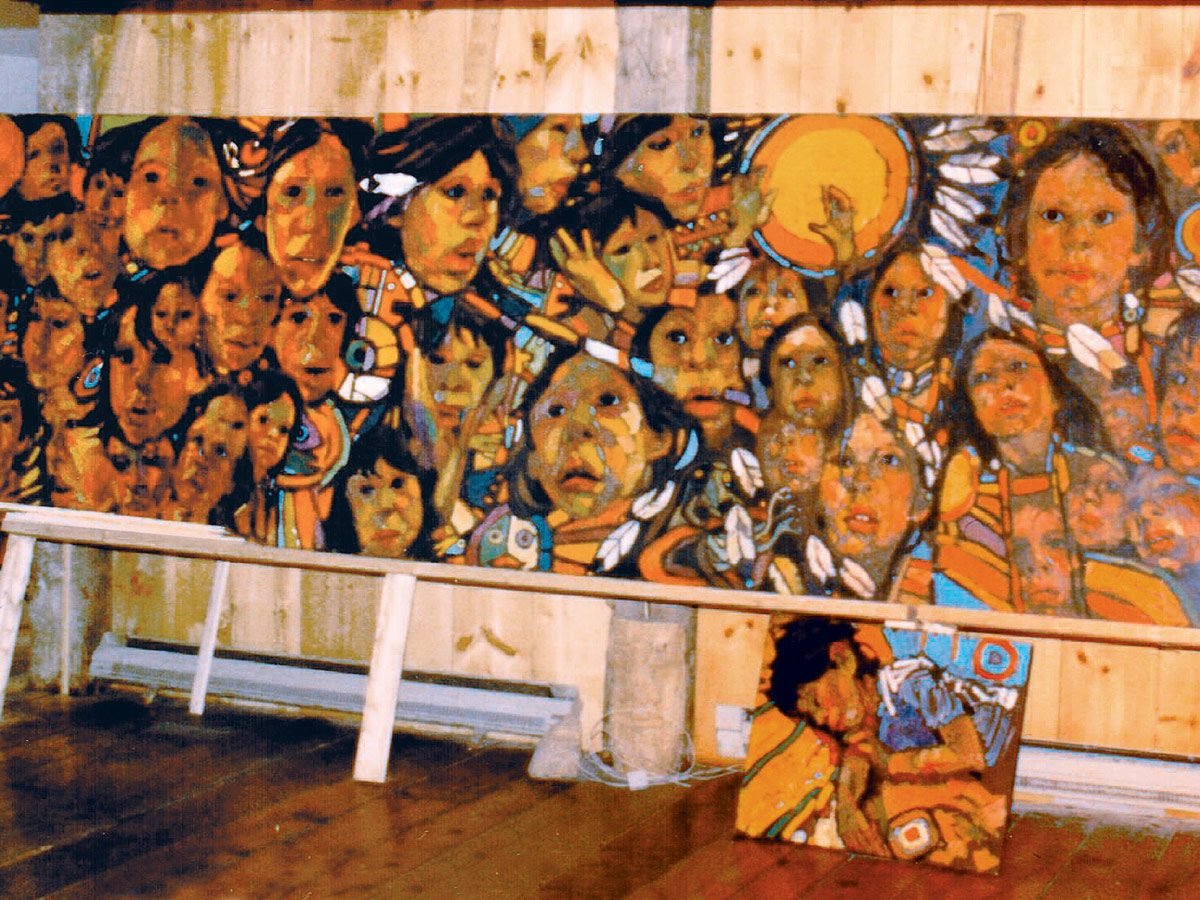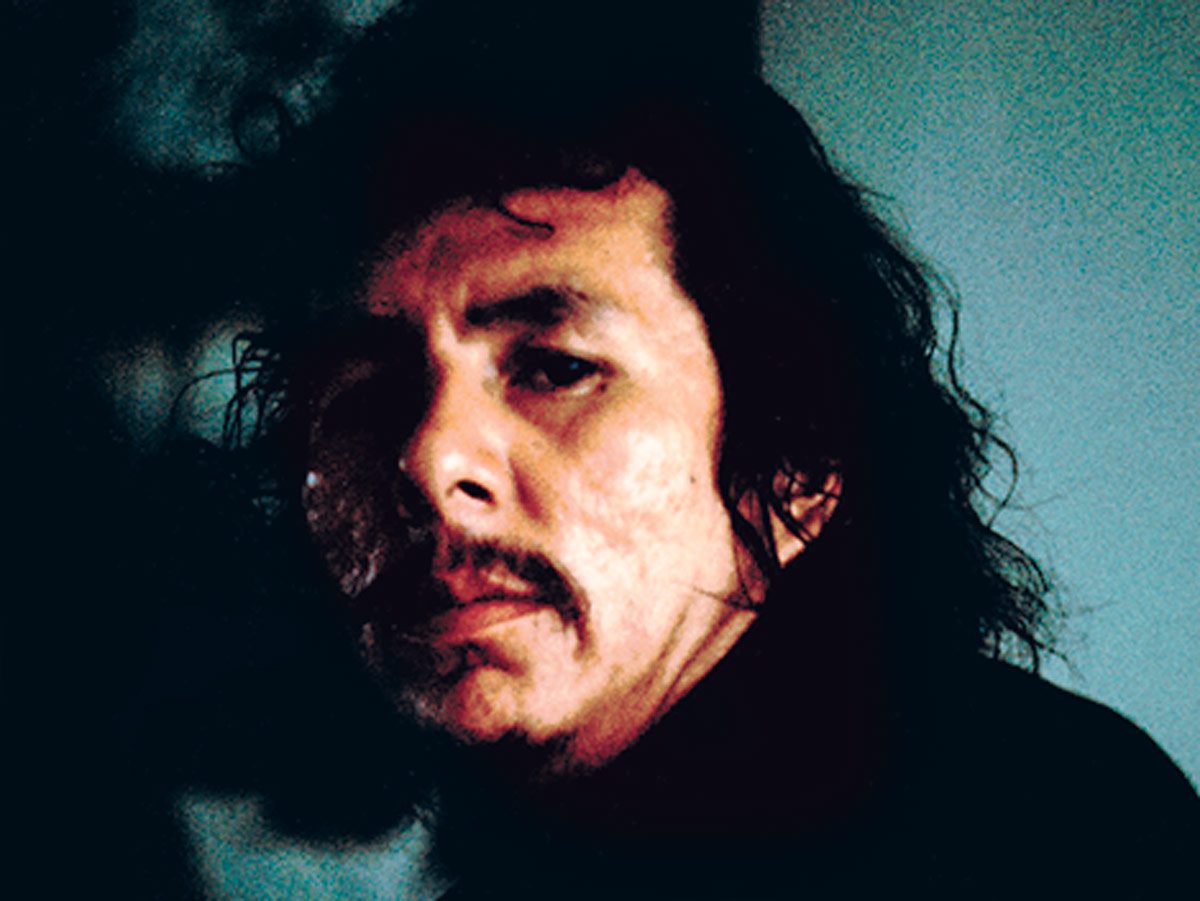
The beauty of Arthur Shilling
We are a couple of art lovers who own a small collection of Canadian artworks. We saw and purchased our first Arthur Shilling painting at the Blue Easel Gallery in Toronto in 1972. It was a sepia-toned oil painting of two Native girls. The power of the portrait was spellbinding to us. It was not just an ordinary portrait but a beautiful painting that used colours and portrayed facial expressions that seemed to capture real emotions.
By October 1975, Arthur’s paintings drew us to his hometown on the Chippewas of Rama First Nation reserve near Orillia, Ont. We were interested in having portraits done of our children by him, when we discovered that he was ill. We were in contact with Arthur’s wife, Millie, who told us that he was staying at the Soldiers’ Memorial Hospital in Orillia.
One day, we arrived at Arthur’s mother’s house, where Millie showed us a handful of his paintings. We liked a painting that depicted twin faces of Arthur’s niece, Suzanne Sutherland, and asked to purchase it. Millie told us she would not sell it without Arthur’s permission.
On our way back home, we stopped by the hospital, where we met Arthur for the first time. As a child, he suffered from four attacks of rheumatic fever, leaving his heart valves damaged. He was convinced that he was going to die before the spring and told us he did not want to talk about art. The few paintings he had remaining were meant for Millie, since they were the only things he had left to give her. We continued to chat with Arthur for a few more minutes until we decided to leave.
When we returned home, we immediately got in contact with a relative, Dr. Alan Gerulath, who referred us to Dr. J. K. Wilson, the chief of cardiology at St. Michael’s Hospital in Toronto at the time. When Arthur’s condition further deteriorated, Millie called Dr. Wilson and Arthur was immediately transferred to the hospital, where he had an emergency heart-valve replacement surgery that saved his life.
After those events, the four of us became close friends. When Arthur recovered from the operation, he sold us the painting that Millie had shown us, later adding a third face of a boy named Kevin from Rama to it. Rudy visited Arthur while he was recovering from surgery at the hospital and the couple later visited our home, too. It was during this visit that Arthur and Millie asked us to help and advise Arthur with his art career.
For about three to four years, we helped Arthur establish his network with several different art galleries. Over the next few years, he graciously gifted us with the first easel he used after his 1975 operation and also agreed to do portraits of our entire family.
Meet the ethnobotanist working with First Nations elders to preserve Canada’s plants.

A passion for art
The development of Arthur’s talent was inspired by several important influences. At the Ontario College of Art and Design (OCAD) in Toronto, a generation of students from the 1940s through to the 1960s were learning from one of Canada’s finest drawers, John Alfsen, and one of the members of the famous Group of Seven landscape painters, Fred Varley.
Gerald Scott was a student at OCAD during that time and later became Arthur’s teacher at the Artists’ Workshop in Toronto from 1966-1967. In Arthur, Gerald could see the ability and skill found in a true artist. Twenty years later, Gerald confirmed those early observations. He stated that Arthur had matured into a fine artist who was able to bring extra dimension and uniqueness to his work because of his Indigenous perspective—a richness that Gerald humbly admitted his work could not match.
Another artist who influenced Arthur during his formative years was Canadian painter Telford Fenton, who was also a friend of Gerald’s and studied at OCAD.
Arthur met Telford at Bert Henderson’s Southampton School of Fine Art in 1958. The two shared an apartment in Southampton that summer when Arthur was a student and Telford was a teacher. Telford was impressed with Arthur’s natural ability to draw. Both looked to artists such as Paul Cézanne, Vincent van Gogh and Rembrandt to master the use of colours.
In 1975, Arthur’s work was included in the Woodland Indian Gallery at the McMichael Canadian Collection in Kleinburg, Ont. This was significant because most of the other artists included in the collection were from Norval Morrisseau’s school, who was the founder of the First Nations woodland style of painting.
This period after Arthur’s illness and post-surgery was pivotal. Arthur was proud of his people and collectors started to appreciate the influences of his Indigenous culture within his art.
Arthur said that while he painted his 30-foot, five-panel mural (pictured above) titled “The Beauty of My People,” he aimed to illustrate a once proud culture that had gone to sleep with the arrival of the Europeans, but were now being reawakened. He left the last panel deliberately unfinished to signify that the proud history of his people was not over. There was more to come, he said. He used the young innocent faces of the children from Rama to illustrate not only the beauty but also the history of his people.
By August 1984, Arthur had to go through a second valve replacement surgery. He died over a year later on March 4, 1986. After his death, we continued to follow exhibitions of Arthur’s works, starting with a solo exhibit that took place at the Thunder Bay Art Gallery in 1986 and, most recently, the “Arthur Shilling: The Final Works” exhibit at the Museum of Art and History in Orillia, Ont., in 2018.
Today, Arthur’s sons Bewabon and Travis are young men who have both inherited the Shilling artistic talent. It is wonderful to see them continuing the legacy their father began.
Learn how Buffy Sainte-Marie is changing Canada for the better.

More about Arthur Shilling
Arthur was born on the Chippewas of Rama First Nation Reserve, near Orillia, Ont., to Ojibway parents. As a child, he enjoyed drawing and later started carving wooden totem poles. When he was eight years old, he was sent to residential school in Brantford, Ont., with his brother. He returned to Rama as a late teen before moving to Toronto, where he sporadically attended various art classes. Arthur developed his own expressionist style of painting, using bold strokes of colour reflecting the struggles and triumphs of Indigenous people.
His work has been shown at various solo and group exhibitions around Canada and abroad. He was one of six artists invited by Governor General Edward Schreyer to show his work in Rideau Hall, Ottawa, in 1983 and was the subject of the National Film Board’s prize-winning documentary called The Beauty of My People: The Life, Work and Times of Arthur Shilling.
After successfully recovering from emergency heart surgery at St. Michael’s Hospital in Toronto, he donated a painting titled “Bewabon and Travis,” depicting images of his sons and a neighbour’s child sleeping soundly. The painting was from his series The Ojibway Dream, which was published posthumously as a book in 1986.
Next, find out how this Anishinaabe artist is changing the way we think about the environment.